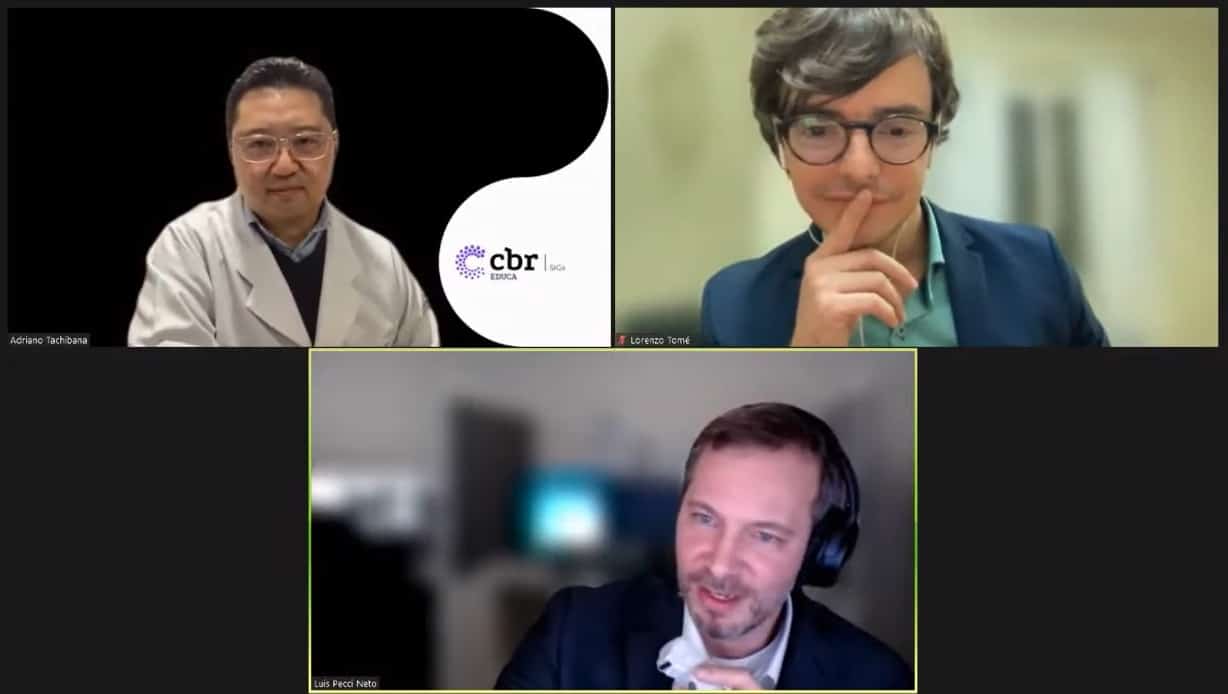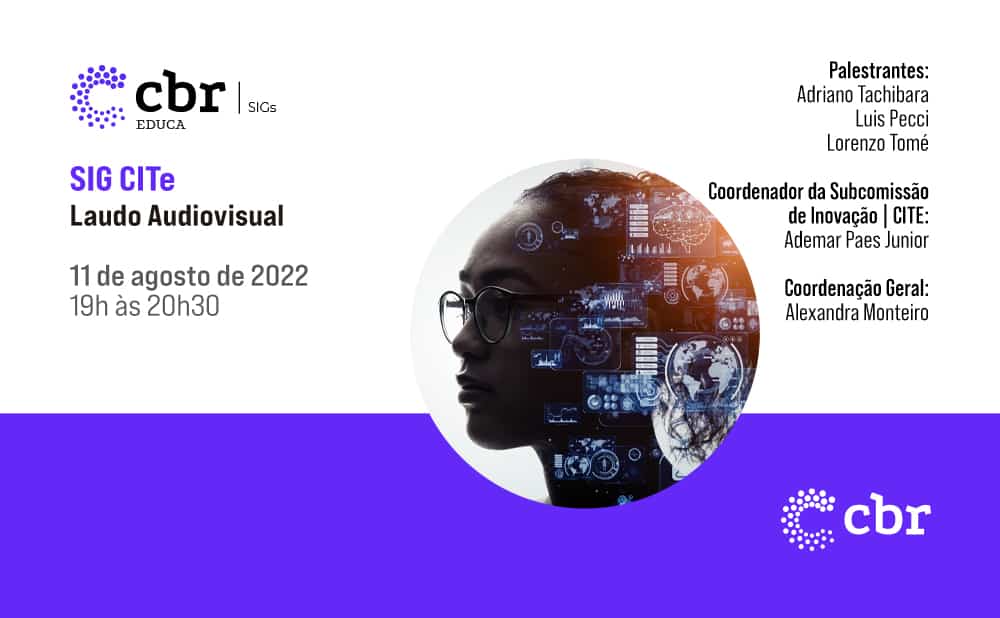Audiovisual Report was the theme of the Special Interest Group (SIG) of the Innovation and Teleradiology Commission (CITe) of the Brazilian College of Radiology and Image Diagnosis (CBR), on August 11, with live broadcast on the institution's official YouTube channel. The speaker, Luís Pecci Neto, gave a presentation on the advantages and challenges of the new modality. “One of the main positive points [of the audiovisual report] is that we can make a difference, go beyond what the text, the paper, is able to pass, especially in the most complex cases”, he highlighted.
Neto is a radiologist, member of the CBR Radiological Report Committee, founder and partner of companies that work with audiovisual reports. On resources to make it more attractive and understandable to requesting physicians and patients, he cited hyperlinks, anatomical maps, timelines, tables, graphs and diagrams. He also stated that the new modality is similar to an interpersonal consultation between radiologist and applicant and pointed out benefits and challenges. As advantages of the audiovisual report, the expert pointed out:
– Improves relationships with referring physicians and patient care
– Solves the difficulty of understanding complex reports in long and confusing texts
– Delivery of the result in a fast and personalized way
– Facilitates patient understanding, which encourages engagement in treatment
Luís Pecci Neto argued that the audiovisual report “is very practical, convenient, because the colleague already sees the images with the radiologist's narrative. It's different from him having to try to understand, having to open the image portal, to look for alterations between the images. This issue of practicality, convenience, is something very positive. Also in the operating room, instead of looking for films sometimes or having to scroll the monitor, looking for changes, can simply ask an assistant to play the video to remember the main changes”.
The SIG also had the participation of Adriano Tachibana, from the Commission for Accreditation in Diagnostic Imaging (Cadi) of CBR; and Lorenzo Tomé, radiologist, professor and coordinator of the discipline Digital Medicine at the Campinas unit of Faculdade São Leopoldo Mandic.

Among the main challenges pointed out for the advancement of audiovisual reports in radiology and diagnostic imaging services are the learning curve of radiologists, shyness and speech-language pathology problems of professionals. In addition, the following were cited as possible barriers: data security and regulation, radiologist remuneration (who pays for this service?), storage and delivery, and flow/process.
Approach to critical results
Another important challenge regarding the audiovisual report is the approach to critical results with the patient. “These results are always difficult anyway. Sometimes, the patient cannot understand what he reads there in the text, but hearing that he has a tumor, that he has an infiltrative lesion, without the doctor's presence can generate great anxiety. So, in these cases, we suggest that the assistant receives it first and assists with the patient”, declared Luís Pecci Neto.
In general, however, he argued that the audiovisual report helps in patient education. “The more aware and conscious he is, the less anxious, the less examination [the patient demands]. It ends up being a medicine with less costs, because he doesn't want to be tested all the time. It is important that he knows what he has. And understanding his pathology, he will be much more willing to face chemotherapy, treatment, surgery”, he evaluated.
“Technology has evolved and we have to evolve together”
Adriano Tachibana and Lorenzo Tomé highlighted advances provided by the audiovisual report. “People are evolving, patients are evolving, technology has evolved a lot, and we have to evolve together. This use of this technology is very welcome within this context of adapting our specialty to the new world and also adapting the radiologist, so that he maintains his value as a doctor within this chain of care”, said Tachibana. He believes that, in the future, the audiovisual report may replace the text report. “I imagine that we can make a single report, more for the understanding of both the patient and the doctor, and this will be automatically recorded.”
For Tomé, with the audiovisual report, “the radiologist who delivers an audiovisual report is able to be closer to the patient, to see the result of his work better and faster”.
Watch SIG CITe on Audiovisual Report in full:

SIG CITe
Always focused on stimulating the evolution of learning, the Brazilian College of Radiology and Imaging Diagnosis (CBR) promotes Special Interest Groups (GIS). These are thematic meetings with the aim of guiding, exchanging experiences, stimulating debate, seeking consensus, improving clinical protocols and diagnostic procedures, in addition to being a great opportunity to expand your network of colleagues.
The GIS of the Innovation and Teleradiology Commission (CITe) of the CBR are carried out once a month, with transmission on Workplace and on the official channel of the College on Youtube. Those who participate live can send questions and interact with participants. In the last editions, the SIG CITe had as themes Radiomics, the new frontier of medical imaging It is 3D Printing and Imaging Diagnostics.




